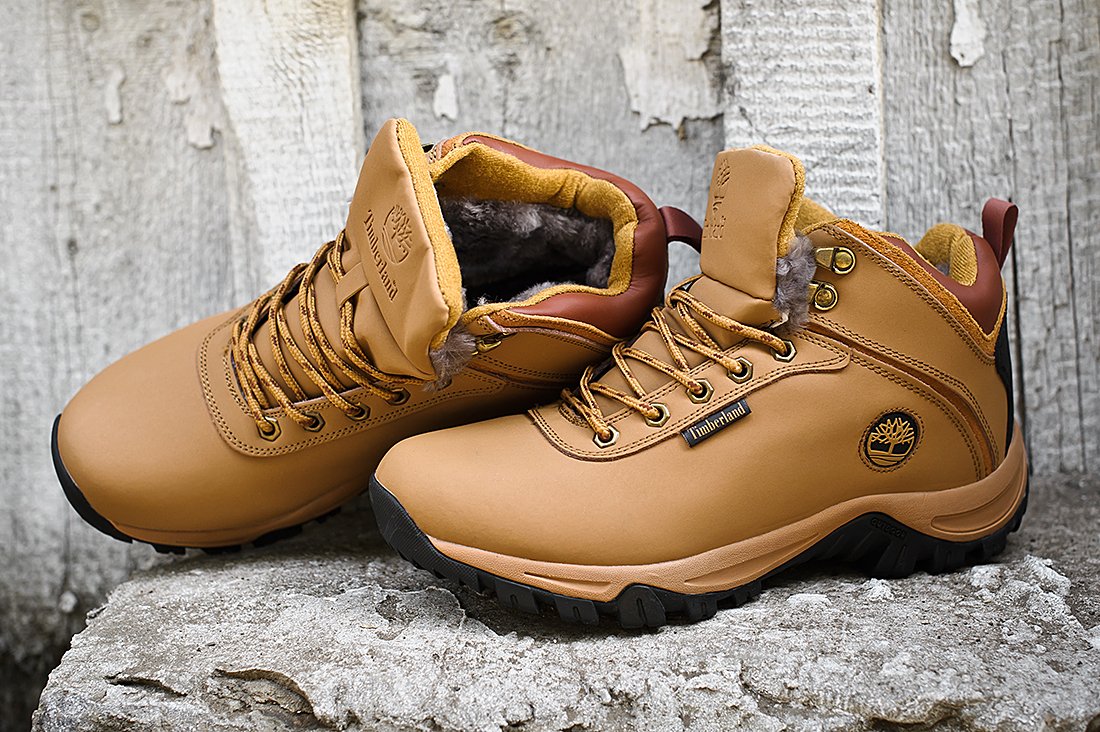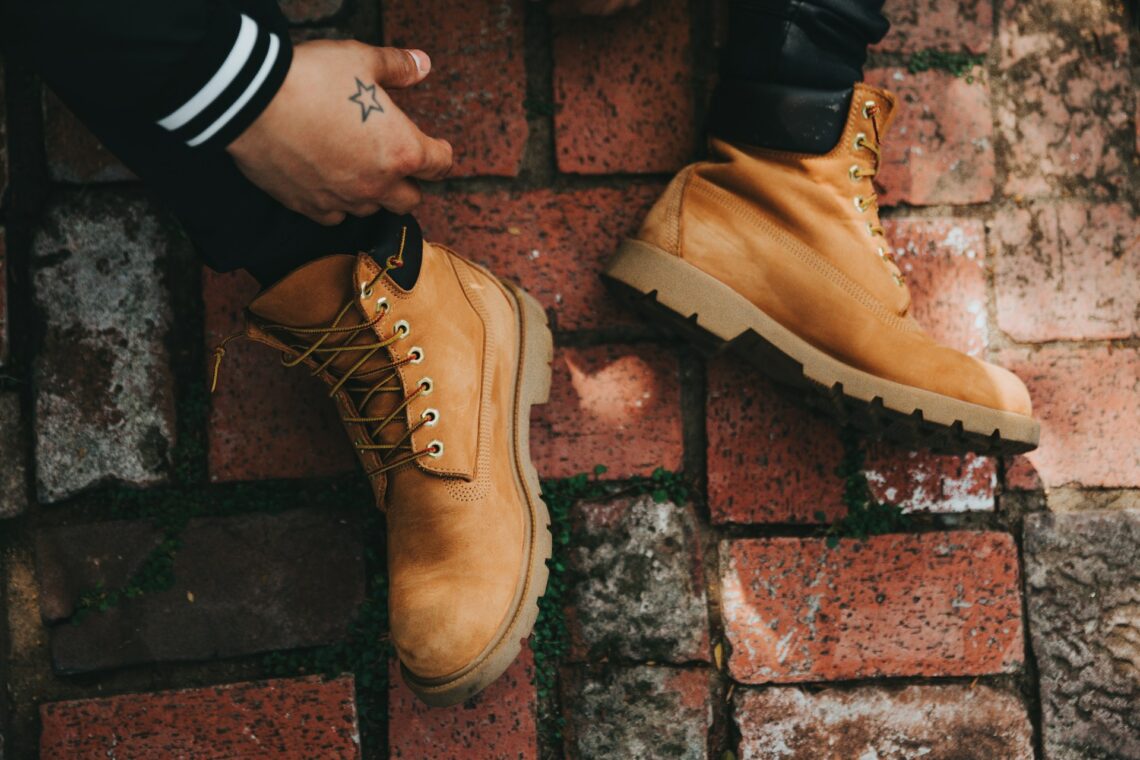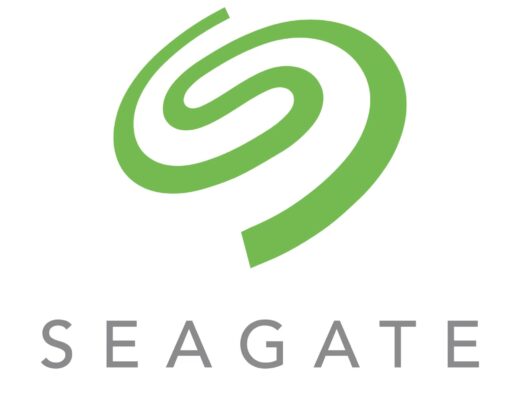What makes Timberland boots unique
Timberland footwear is easy to distinguish from many other brands. They combine everything people want in footwear – comfort, stylish design and quality craftsmanship. The company’s history began in 1952 and has continued to reach new heights ever since.
The birth of the company
The founder of Timberland was Nathan Swartz, an emigrant from Odesa who was born in 1902. His whole family was involved in sewing and repairing shoes, so the boy followed in his parents’ footsteps. When Nathan was 14, his family moved to the USA. To help his family, he went to work at the age of 16. It was a small shoe shop, but it was there that the young man learned the necessary skills. For 34 years, Swartz repaired shoes in the workshop but never gave up the dream of opening his own business. After saving enough money, Fortune smiled at him at 50 when Nathan bought 50% of the shares in Abington Shoe. It was a small shoe factory that few people knew about. But Swartz took it seriously: within 3 years, he had bought all the shares in the factory and brought his sons into the business.
The Massachusetts plant was one of many similar provincial operations until 1965 when Nathan invented a new technology. The master invented direct moulding – joining the leather part of the shoe to the sole without a traditional seam. Instead, he used a triple Kapron seam, which prevented wetting and could withstand various loads. Swartz’s technology caused a sensation in the marketplace, and he registered the Timberland trademark in 1973.
Product success
The new company’s first model was a yellow leather waterproof boot. The history of the Abington company inspired the manufacturer. The company had long produced brightly coloured shoes for loggers to prevent injuries from falling logs.
Timberland paid particular attention to product testing:
– legend has it that in the 1970s, new boots were left in a toilet overnight to test their waterproofness;
– in the 1980s, dog sled races were organised in Timberland boots.
Timberland boots passed all the tests with flying colours, and the brand soon became the market leader in the United States.
In 1986, Nathan’s son Sidney succeeded him as company president. He led Timberland for 12 years. During this time, the brand entered the international market, expanded its product range and increased sales three times. His successor, Jeffrey, the founder’s grandson, has continued the company’s development. He significantly expanded the product line and introduced environmentally friendly manufacturing standards that the company still adheres to today.
Tough times for Timberland came in 2011 when the company experienced rising manufacturing costs due to global material price increases. After efforts to optimise processes, management decided to sell the company. Timberland’s new owner is VF Corporation, which continues to grow the business, ensuring steady growth in revenue and sales.










